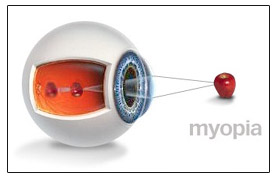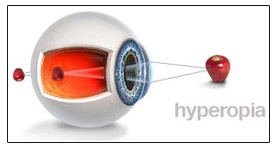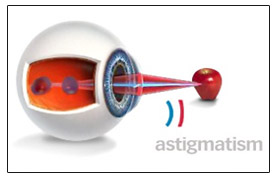LASIK
LASIK is the world’s most widely performed procedure to offer spectacle-free vision. This vision correction surgery is keeping pace with our increasingly faster lifestyle. But only a combination of years of experience and cutting edge technological precision can ensure the safety of our valuable eye.

How Does LASIK Work?

LASIK uses a laser to change the shape of the cornea.
In the myopic eye the image does not reach the back part of the eye (the retina). In the myopic eye the cornea and lens are too curved and focus the image to a point in front of the retina, the image is then seen as a blur. Only by moving up close to the image will it be shifted on to the retina and seen clearly. Myopic people can see up close, but need glasses or contact lenses to see far away.
LASIK involves slightly flattening the cornea which is the curved rounded front surface of the eye; the image is then clearly focused on the retina.

In the hyperopic eye the cornea and lens are too flat and focus the image to a point behind the retina; the image is then seen as a blur. The muscles controlling the lens can overcome some degree of hyperopia but weaken with age. This is why many hyperopes begin to require distance and near glasses after the age of 30.
After laser correction with LASIK the cornea is slightly more curved; the image is then clearly focused on the retina. The result is that the hyperopic patient can see clearly for distance after laser treatment.

In astigmatism, the eye is oval like a football, and not spherical. The image is formed at two different points inside the eye. This means that images of different orientations are focused at different parts of the eye and that the image on the retina is blurred.
In the treatment of astigmatism, irregularities in the shape of the cornea are smoothened to even out the focusing power.





